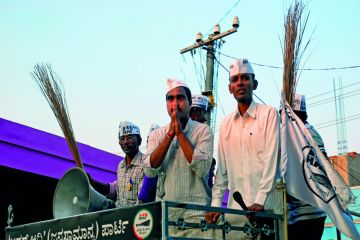
In James Cameron’s 2009 sci-fi blockbuster Avatar, Unobtanium, a brilliant silver and blue glass-like mineral is at the heart of the plot. It’s found on the moon Pandora, inhabited by the Na’avi—a race of nature-worshipping cyan-coloured humanoids. The presence of the mineral creates conflict between them and the humansBut why were the humans after it?The answer can be found in one of physics’ real-life obsessions over the past century.According to the Avatar Fandom Wiki, unob
Continue reading “Noise or signal, the jury is out”
Read this story with a subscription.





